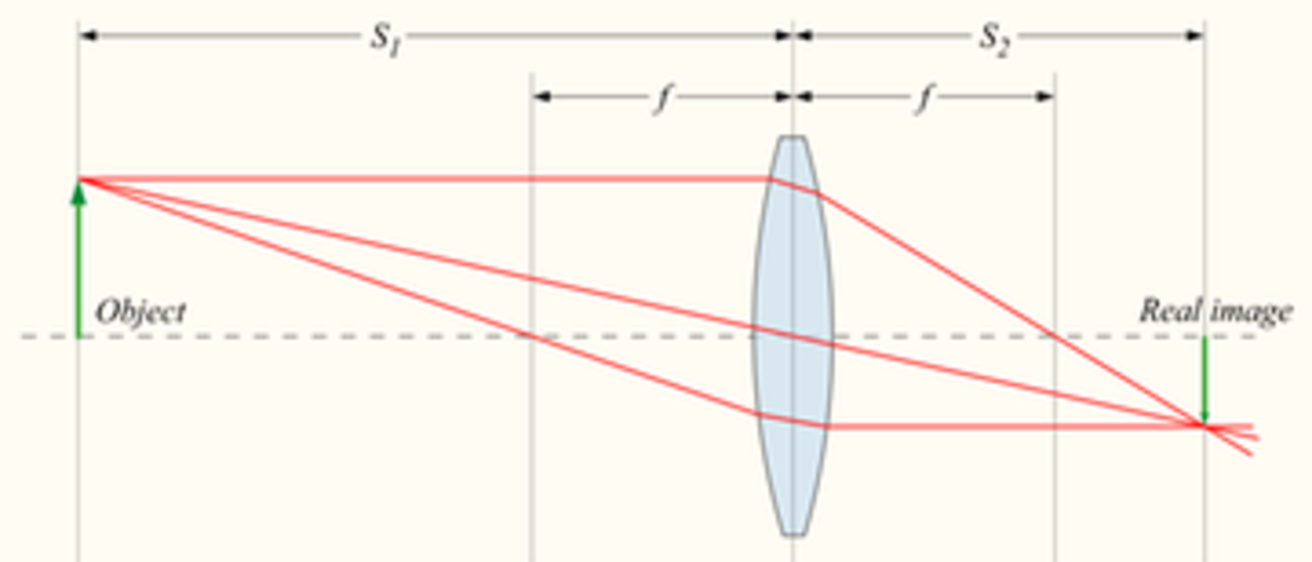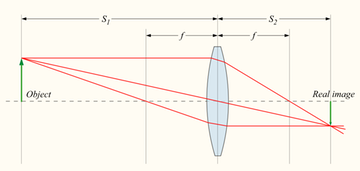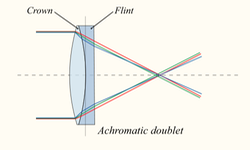
Learning Goals: This lab will allow students to gain hands-on experience setting up a telescope for nighttime viewing. Students will study how telescope optics work, and will be introduced to the features present on more modern, high-end telescopes and how these aid in finding and viewing objects in the night sky.
Challenge: Set up and properly align a telescope for nighttime viewing. Determine the magnification of a simple refracting telescope.




